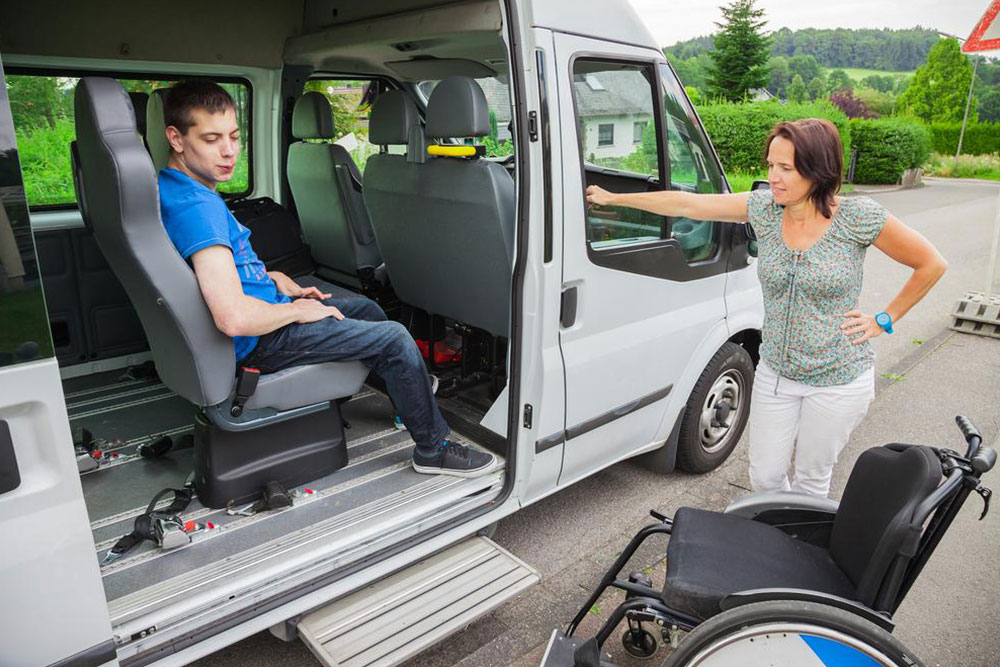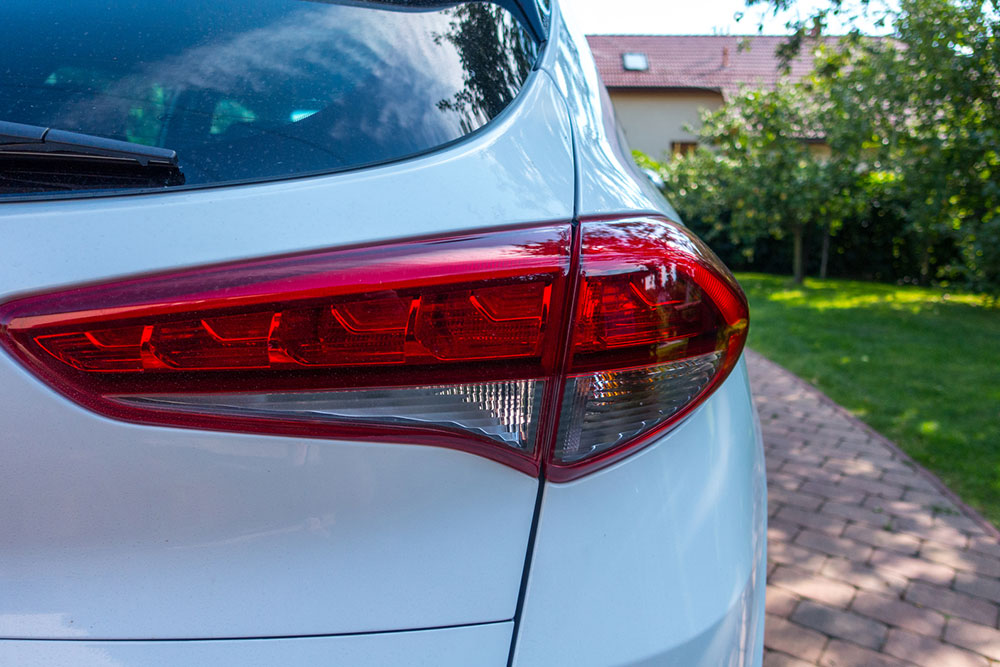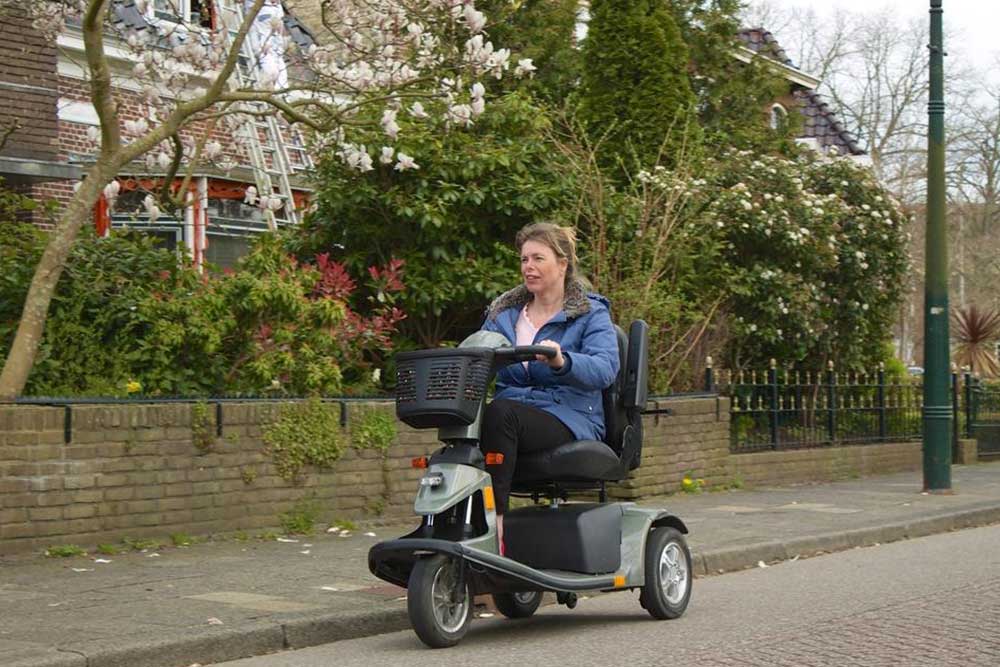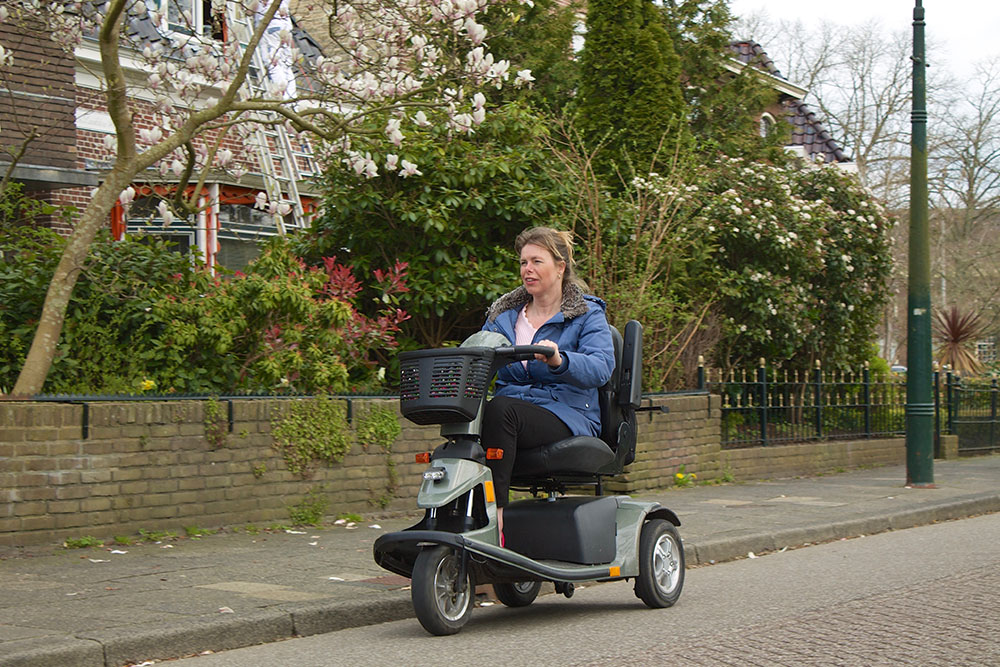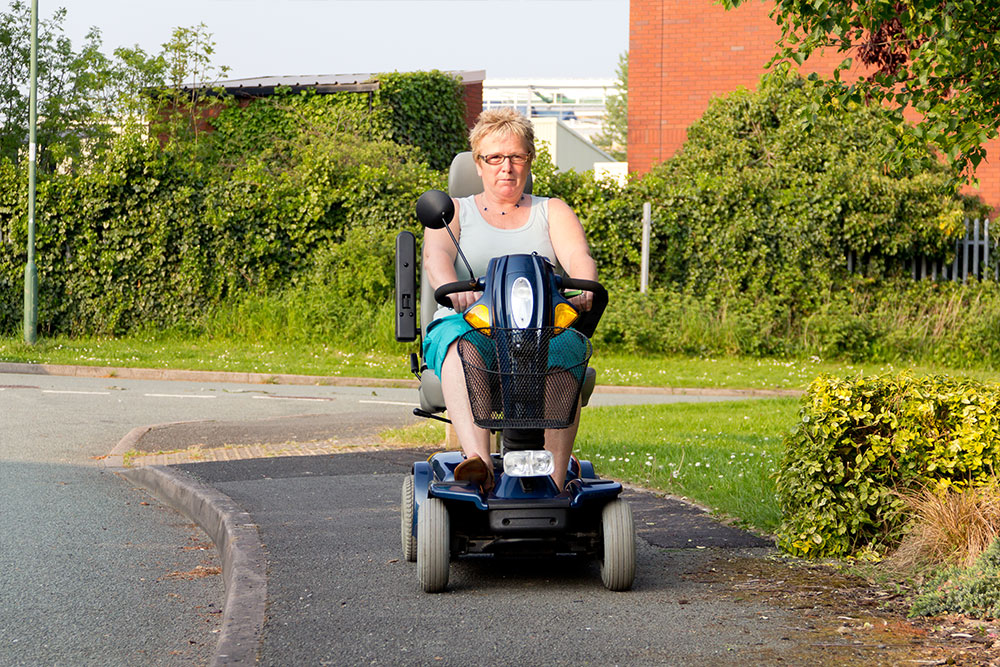Comprehensive Guide to Safe and Effective Use of Mobility Scooters
This comprehensive guide offers essential tips on safely using mobility scooters, from choosing the right model to maintenance practices. It emphasizes the importance of physical capability, safety features, and careful operation to prevent accidents and ensure confidence in mobility. Perfect for users seeking to enhance independence while maintaining safety. Learn how to select appropriate devices, use safety features effectively, and keep your scooter in optimal condition for years of reliable use.
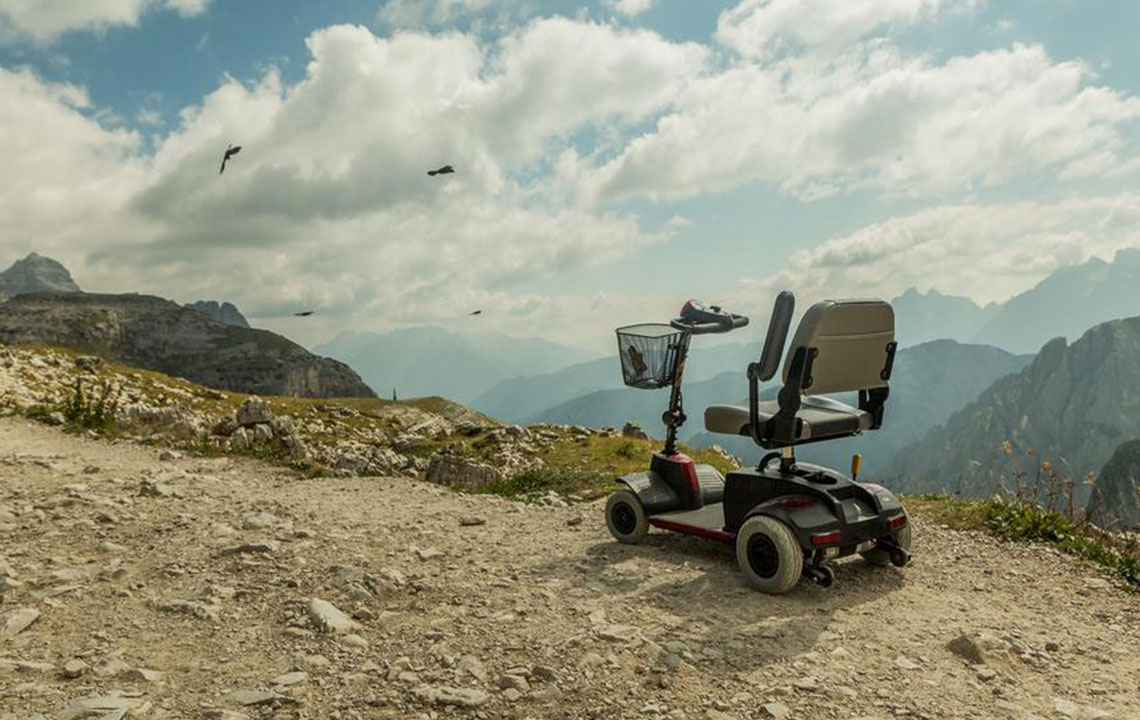
Ensuring Safe and Efficient Use of Mobility Scooters for Enhanced Mobility
Mobility scooters have revolutionized transportation options for people with mobility impairments, offering independence and greater access to daily activities. These electric-powered devices are designed to support individuals who need assistance moving around, whether indoors or outdoors. When operated correctly and responsibly, mobility scooters can be a safe, reliable, and valuable tool to maintain an active lifestyle.
However, to maximize safety and minimize risks, users must be aware of certain essential considerations. Proper usage, regular maintenance, and understanding individual abilities are critical factors in ensuring a safe riding experience. This comprehensive guide will explore all aspects of safely using mobility scooters, including choosing the right model, operating techniques, safety precautions, and maintenance tips.
Assessing Your Physical Capabilities Before Use
Using a mobility scooter effectively requires adequate physical strength, good coordination, and visual awareness. Users should have sufficient arm and shoulder strength to control the scooter's steering and brakes, especially when navigating through crowded or complex environments. Additionally, good vision is necessary to detect obstacles and judge distances on the road or indoors.
Before purchasing or using a mobility scooter, consulting with healthcare professionals such as physiotherapists or mobility specialists is highly recommended. They can evaluate your physical abilities and recommend the most suitable device tailored to your individual needs. They might also suggest specific features or modifications to enhance safety and comfort.
In cases where disassembly or foldable models are involved, additional strength or assistance might be needed for handling, especially for older adults or those with limited strength. It's important to be honest about your physical capabilities to prevent frustration or accidents.
Choosing the Right Mobility Scooter
Not all mobility scooters are created equal; selecting the right model is crucial for safety, comfort, and functionality. Key factors to consider include weight capacity, portability, ease of use, and specific safety features. Conduct thorough research to understand the different types available, such as three-wheel or four-wheel scooters, and their respective advantages.
When choosing a folding or portable model, ensure it is lightweight enough for you to handle easily and fits your lifestyle needs. For outdoor use, a scooter with good stability, durable tires, and weather-resistant features is recommended. Consider additional safety features like headlights, taillights, horn, reflective strips, and speed control.
Speed capability is a vital aspect—look for models that can reach at least 6-8 mph, which is ideal for errands and outdoor mobility while maintaining safety. Also, ensure the scooter's size, turning radius, and overall dimensions suit your planned environments.
Safety Features to Prioritize
Modern mobility scooters come equipped with numerous safety features that enhance rider security. These include anti-tip wheels to prevent falls, directional lighting for night or low-light conditions, and horn or alarm systems to alert pedestrians and drivers.
If you plan to ride on roads or shared pathways, it's essential to choose a scooter that supports safety features like appropriate lighting, reflectors, and possibly a secure harness or seatbelt. These features help increase visibility and minimize accidents.
It is also beneficial to familiarize yourself with the scooter's speed limits and controls to operate it safely in various settings. Avoid aggressive driving, sudden turns, or riding on uneven terrain unless your scooter is designed for such conditions.
Indoor and Outdoor Safety Precautions
Whether you're using a mobility scooter indoors or outdoors, safety should always be a priority. Indoors, ensure your environment is clutter-free, with clear pathways to prevent collisions. Remove loose rugs, cords, and other obstacles that could cause tipping or falling.
When outside, stick to paved or smooth surfaces, avoid steep inclines, and be cautious around uneven terrain, potholes, or loose gravel. Always wear a helmet and protective gear if riding in areas with higher risks.
Riders should also be aware of traffic rules applicable to scooter users. Obey traffic signals, yield to pedestrians, and avoid riding on busy streets unless absolutely necessary and permitted. Using designated pathways and crosswalks enhances safety for everyone.
Maintenance and Care to Ensure Longevity and Safety
Proper maintenance is essential for keeping your mobility scooter in top condition and ensuring safe operation over time. Regularly inspect tires for proper inflation, tread wear, and damage. Follow the manufacturer's guidelines for tire pressure and replacement intervals.
Handle disassembly and reassembly with care to prevent damage to electrical components or structural parts—especially if the model is foldable or compact. Keep batteries charged and stored properly, and replace batteries when performance declines.
Routine cleaning of the frame, controls, and lighting systems helps prevent dirt buildup that could interfere with function. Additionally, checking the brakes, lights, and horn regularly ensures they work correctly, especially before long trips.
Storing your scooter in a dry, sheltered place helps prevent rust, corrosion, and other environmental damage. Regular professional servicing can also identify potential issues early, reducing the risk of breakdowns or accidents.
In summary, using a mobility scooter safely involves understanding your physical capabilities, selecting an appropriate model, prioritizing essential safety features, maintaining the device diligently, and practicing responsible riding habits. By following these guidelines, users can enjoy independence and mobility confidently and securely.
Whether indoors or outdoors, safety precautions should always be prioritized when operating mobility scooters. Proper training, awareness, and maintenance are key components to ensuring enjoyable and safe mobility experiences for users of all ages and abilities.
